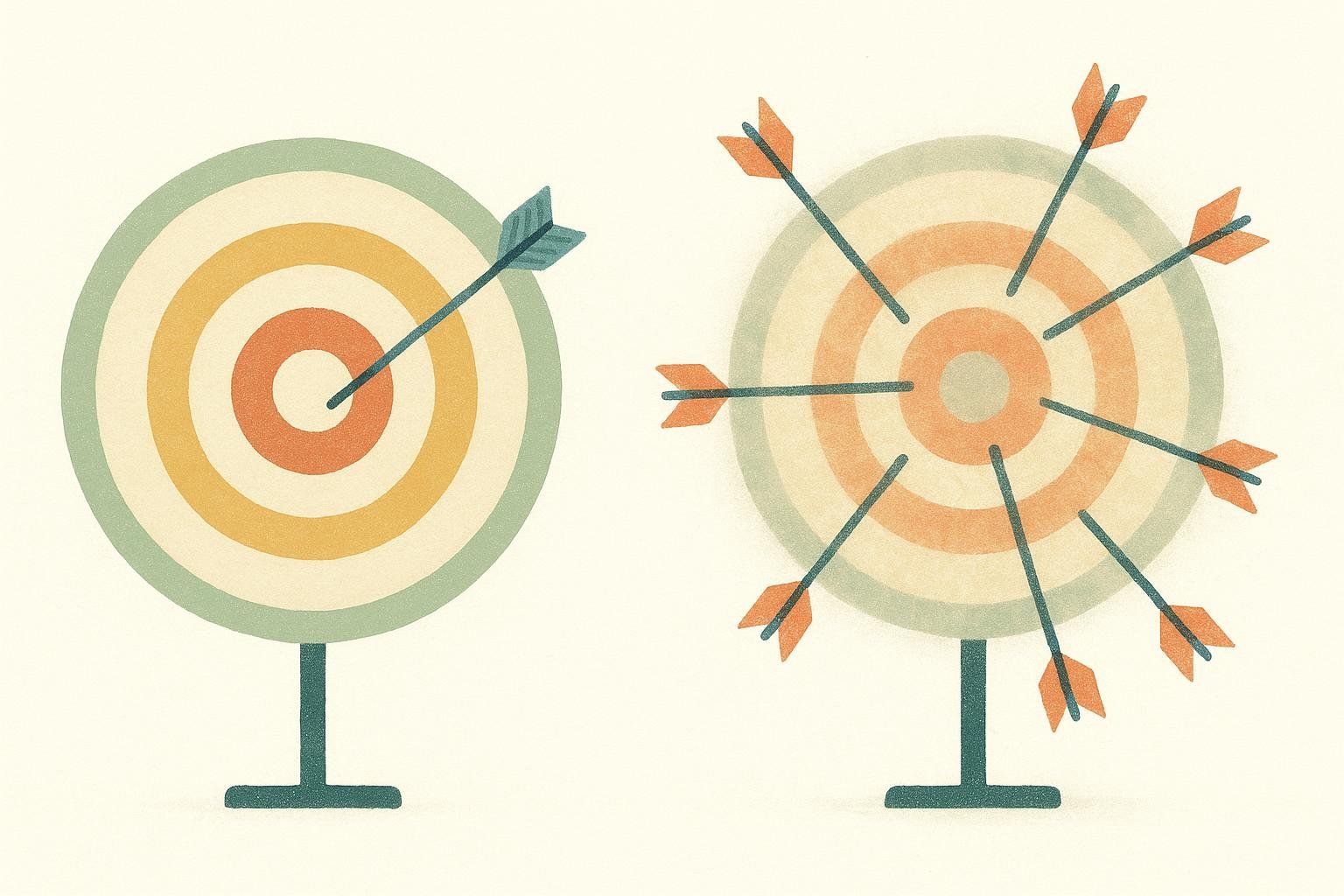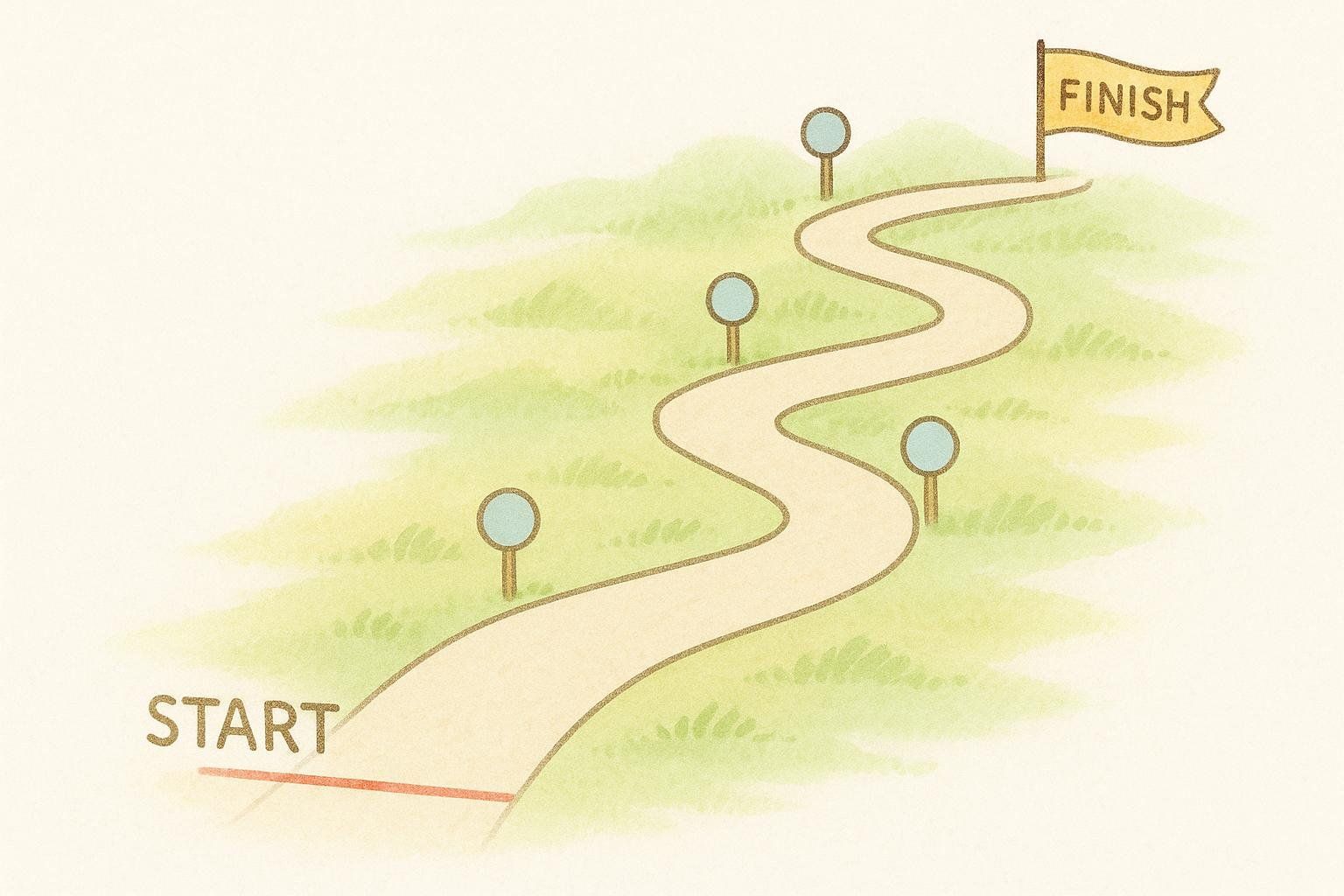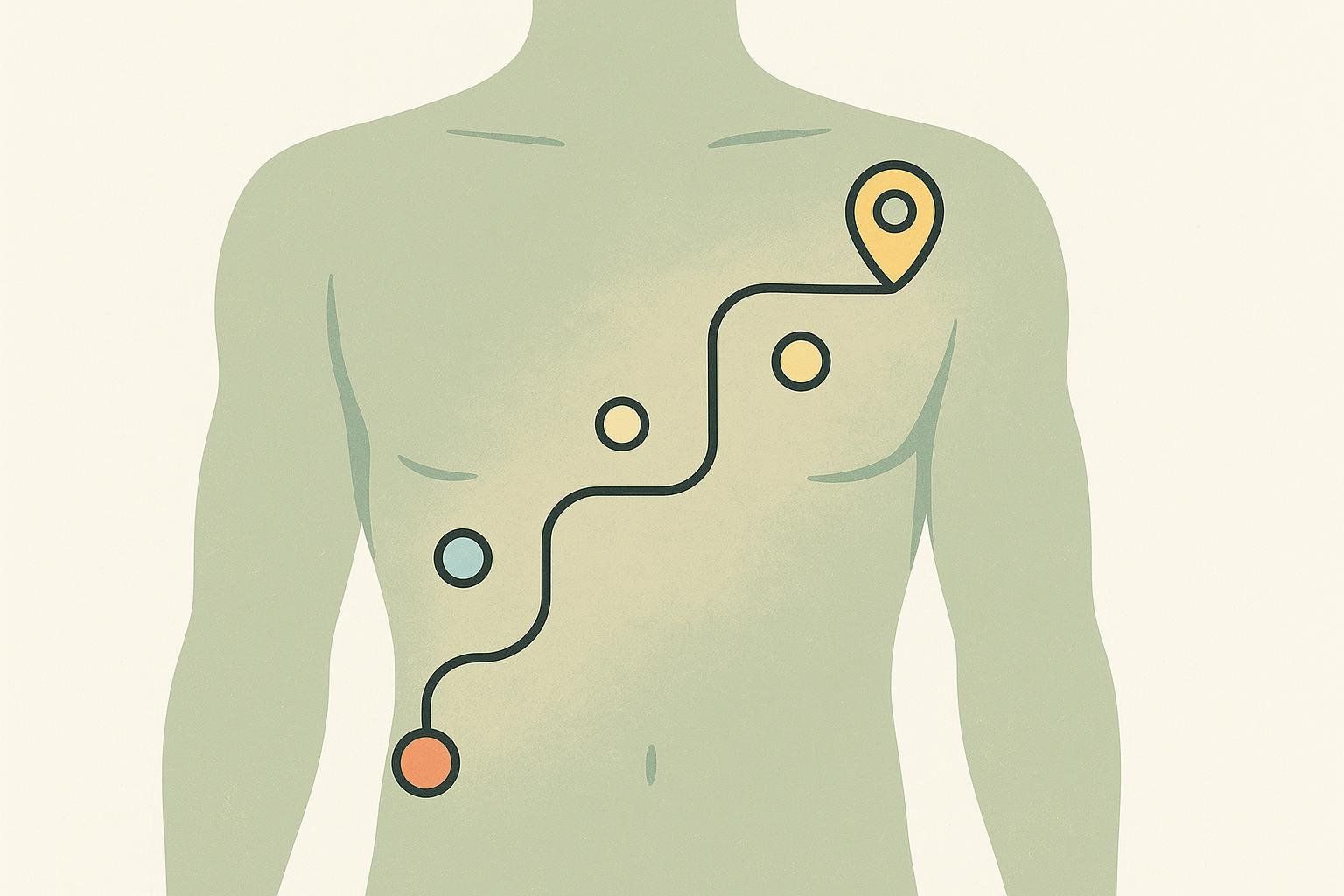What Body Fat Percentage is Really Needed to See Abs?

What Body Fat Percentage Is Really Needed to See Abs?
Updated October 2025
Quick answer: the body-fat ranges to see abs
- Men: usually 6–12% for clear abs; outlines can appear around 13–15% depending on muscle thickness and fat distribution (Men’s Health UK on abs visibility by body-fat range).
- Women: usually 16–20% for clear definition; outlines can appear around 21–23% (Healthline’s guide to body-fat percentages and abs). For a detailed plan, see our Visible Abs: Diet & Workout Guide.
Visual guide by range
| Body-fat range | Men: what you’ll likely see | Women: what you’ll likely see |
|---|---|---|
| 25%+ | No visible abs | No visible abs |
| 20–24% | Little/no ab definition | Faint upper-ab outline possible in some |
| 15–19% | Upper-ab outline for some; more definition closer to 15% | Early outline for some; clearer definition within this band |
| 10–14% | Clear six-pack for most by ~10–12% | Defined abs for many; very lean and often difficult to sustain, with potential hormonal risks |
| Single digits | Stage-lean; competition-level leanness carries significant health risks and is generally not recommended | Stage-lean; competition-level leanness carries significant health risks and is generally not recommended |
Why your abs show (or don’t): fat, muscle, genetics

You already have a rectus abdominis (your “six-pack”). Whether you can see it comes down to two levers:
- Body-fat thickness over the muscle (mostly subcutaneous fat)
- How thick your ab muscles are (trained muscles cast deeper “shadows” under the skin)
Two people at the same percentage can look different because of fat distribution and muscle mass; that’s why the ranges above are guides, not rules (see Healthline’s overview on how body-fat ranges, distribution, and essential fat impact ab visibility). Women also carry more essential fat than men, which shifts the typical visibility range upward.
Age, hormones, and lifestyle shift your “visible abs” number

- Age: Skin elasticity and fat-patterning change over time, so the same percentage may look a bit softer later in life.
- Female hormones: Prolonged very low body fat can disrupt menstrual function and bone health—don’t chase extremes (Healthline’s guidance on body-fat ranges and health considerations).
- Stress, sleep, and hydration: Bloating, water shifts, and sleep debt can blur or sharpen definition for a day. Consistent tracking with photos and scans over time provides the most accurate picture of progress.
How to Accurately Measure Body Fat

Inaccurate measurement tools can lead to setting unreliable targets. Here’s how common methods stack up:
- DEXA scan: Gold-standard body-composition test for regional fat, lean mass, bone density, and visceral fat. BodySpec’s operational controls aim for about ±0.5 percentage-point repeatability with consistent prep (see our DEXA scan accuracy guide).
- InBody/BIA: Fast and convenient trend checks but hydration-sensitive; error is typically wider than DEXA (see our comparison of DEXA and BIA/InBody scans).
- Calipers/circumference: Useful for trends if the same skilled person measures you consistently; absolute % can be off by several points. Try our free Body Fat Percentage Calculator for an at-home estimate.
Keep prep consistent for any method (meal timing, hydration, exercise). Re-test on the same device to ensure results are comparable.
Timeline: how long to reach an “abs” range?

A healthy, sustainable loss pace for most people is about 1–2 lb per week (CDC: Steps for Losing Weight). The exact timeline depends on your starting % body fat, muscle mass, and consistency.
Examples (not prescriptions):
- Man ~22% → 12%: expect several months of steady loss; clearer abs usually emerge near the low-teens (Men’s Health UK on body-fat and abs).
- Woman ~26% → ~19%: many see outlines as they approach ~20%—especially if they’ve been training their core.
Build your plan in 4 simple steps
- Get your baseline. Use our free body fat calculator or book a BodySpec DEXA for an accurate starting point.
- Pick your target band. Men: 10–12% is a realistic visibility zone. Women: 16–20% is lean and typically shows definition.
- Choose a weekly pace. Aim for ~1–2 lb/week. Track progress with photos, waist measurements, and strength logs. Confirm body composition changes with a DEXA scan every 8–12 weeks.
- Adjust and repeat. If progress stalls for 2+ weeks, tweak calories, steps/cardio, or training volume—then reassess with the same measurement method.
Training and nutrition priorities that reveal abs
Use these proven levers to make your abs pop:

- A daily calorie deficit of approximately 300–500 kcal is a widely recommended and effective starting point for sustainable fat loss. Center meals on protein (1.6–2.2 g/kg, or ~0.7–1.0 g/lb) to protect muscle.
- Strength train 3–4 days/week with compound lifts; add direct core hypertrophy (cable crunches, weighted raises, anti-rotation work) so your abs show more as fat drops.
- Cardio you enjoy: mix steady-state and intervals to aid the deficit without burnout.
- Sleep 7–9 hours and manage stress to help regulate hunger, optimize recovery, and support hormonal balance.
Want a full program? Check out our Visible Abs: Diet & Workout Guide.
Health caveats: how lean is too lean?

Going to extremes can backfire. Very low body fat can impair hormones, energy, and bone health—especially in women dropping below the mid-teens (see Healthline’s overview of body-fat ranges and health implications). Most people feel and perform best slightly above the leanest look they can achieve.
How a DEXA Scan Helps You Reach Your Goal

A BodySpec DEXA doesn’t just report a single number—it provides a roadmap:
- Precise baseline: Total body-fat %, regional fat and muscle, and visceral fat for health risk insight.
- Actionable detail: Spot left–right muscle imbalances, track lean-mass retention during a cut, and confirm fat is what’s actually dropping.
- Repeatable tracking: With consistent prep, you can detect small, meaningful changes between scans (see our DEXA scan accuracy guide).
- Fast and convenient: Scans take just minutes, with results in an online dashboard you can compare side by side.
Set your baseline now, then re-scan every 8–12 weeks to make data-driven tweaks.
FAQ: quick hits
- How reliable are calipers or smart scales vs. DEXA? They can be fine for trends, but hydration and technique swing results. DEXA is more consistent and also shows visceral fat and regional changes (see our comparison of DEXA and BIA/InBody scans).
- Can I maintain visible abs at ~15% (men) or ~20% (women)? Many can—especially with solid sleep, protein, and strength training. Going much leaner is possible, but usually harder to sustain.
- What role does genetics play? Quite a bit. Fat distribution and ab “block” shape vary. That’s why photos + scans over time are your best guides.
Smart next steps
- Book a BodySpec DEXA scan to lock in your baseline, then re-scan every 8–12 weeks to confirm fat loss (not muscle loss) and track visceral fat trends (see our DEXA scan accuracy guide).
- Use our free body fat calculator to sanity-check your current percentage and plan your next phase.
- Targeted reads to visualize the journey:
Replace guesswork with precise data. Book your BodySpec DEXA scan to understand your starting point and track your progress effectively.


